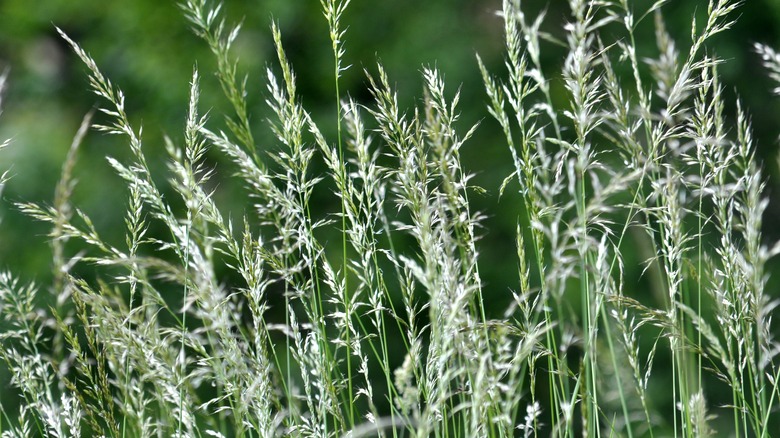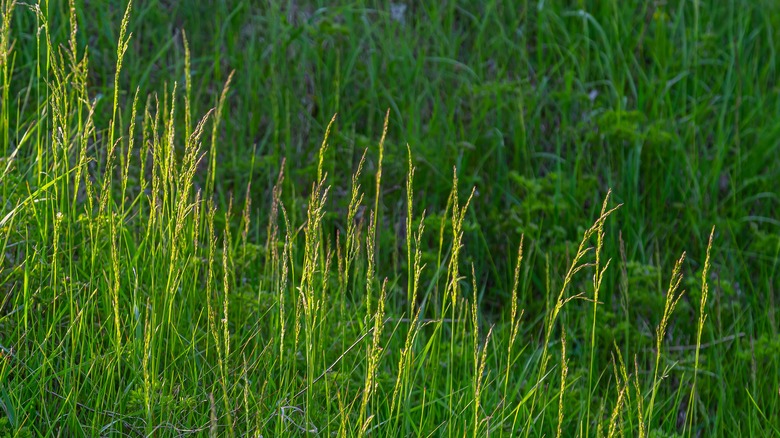What Are The Best Soil Types For Planting Perennial Ryegrass?
We may receive a commission on purchases made from links.
Perennial ryegrass (Lolium perenne ) is one of the most popular grass types used for lawns, sports fields, and pastures, making it an excellent option for both homeowners and landscapers. Its durability and tolerance to foot traffic make it especially beneficial for areas where you expect a lot of activity or to fill in bald spots in your yard. Not only does the vibrant green color look great, but it also helps control soil erosion and can improve the overall health of your lawn when used in mixtures with other grasses.
The ideal soil for perennial ryegrass is a well-drained, loamy soil with a pH between 5.5 and 7.5. It prefers soil that isn't too heavy in clay or too sandy, giving it a perfect balance that allows the roots to establish themselves while also getting the right amount of nutrients and water. Perennial ryegrass thrives in cool climates and is often called a cool-season grass. It grows rapidly in the fall and spring and establishes quickly. It can even withstand cool winters, making it a reliable choice for northern regions. However, it can struggle in the heat of summer, especially if it's not planted in the right type of soil.
Why loamy soil is ideal for perennial ryegrass
You may have seen loamy soil described as the perfect soil for many plants, including perennial ryegrass, because it's well-balanced. It is made up of a mix of sand, silt, and clay, so plants benefit from the best qualities of each. Sandy soil provides excellent drainage, and the silt and clay hold enough moisture and nutrients for the grass to absorb. Perennial ryegrass loves this balance of leamy soil because it doesn't like sitting in waterlogged soil, which can lead to root rot or other diseases, but it also needs enough moisture to stay healthy.
Additionally, the soil's pH level is important because it determines how much nutrients are available. A pH of 6.0 to 7.0 is slightly acidic to neutral, ideal for perennial ryegrass, as it allows for optimal nutrient uptake. Soils that are too acidic or too alkaline can prevent the grass from absorbing essential natural nutrients like nitrogen, potassium, and phosphorus, which are key for its vibrant color and growth. Inexpensive meters are available, like the Raintrip Soil Moisture Meter, to measure the pH of your soil.
On the other hand, while it can tolerate heavy clay soils better than other types of ryegrass, clay often retains too much water, leading to poor drainage and compacted roots. Excessively sandy soils can dry out too quickly, leaving the grass thirsty. If you have either of these soil types, consider amending your soil by adding organic matter or loam to improve the heavy clay or sand content.

